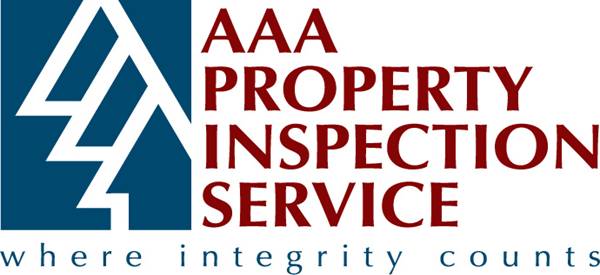Spoiler alert. The following information exceeds CREIA’s Standards of Practice. Stop reading this now unless you wish to offer your client more than just a minimal home inspection. CREIA members are not required to determine “compliance with manufacturers’ installation guidelines or specifications, building codes…”
The Southern California Gas Company states 14,062 natural gas leaks were reported in customer facilities after the 1994 Northridge earthquake. Like ground fault circuit interrupters, a SGSV could be a thoughtful safety upgrade if not already required by the local building authority.
The mandatory installation of these valves could be triggered by transfer of property, new construction and certain remodeling. SGSV valves are already required by a few insurance companies and communities like Contra Costa County, Los Angeles, Alameda County, West Hollywood and Marin County.
Securing the SGSV to the structure with a brace is a requirement of the installation and will help prevent false or nuisance activation. Little Firefighter states their valve “shuts off your home or business natural gas supply in the event of a 5.4 or greater earthquake.” Los Angeles requires approved seismic gas shut-off valves to have a minimum 30 year warranty.
Typically, only the blue box- type SGSV’s were allowed on the utility side of the gas meter and these valves were installed by the Gas Company. Southern California Gas Company’s parent, Pacific Enterprises, created a subsidiary called Energy Services (PEES) that has heavily marketed its SGSVs since September 1996, when the Public Utilities Commission granted the utility permission to install Los Angeles-approved SGSV’s on its side of the meter.  These valves are no longer installed by the Southern California Gas Company (on or about 2/13/2002) because of accusations of unfair competition, burdensome self inspections/maintenance, and increasing liability for the Gas Company.
These valves are no longer installed by the Southern California Gas Company (on or about 2/13/2002) because of accusations of unfair competition, burdensome self inspections/maintenance, and increasing liability for the Gas Company.
Weeks ago, I found a newer gas line that was not protected from seismic activity. This gas line to the new pool heater was installed upstream from an existing SGSV and not at all protected from seismic activity. Look at these valves closer on the next home inspection. CREIA is all about continuing education.
Submitted by: Joe Nernberg, CCI

Thank you for posting such a useful, impressive and a wicked article./Wow.. looking good!
ReplyDeleteGas Heater Repairs
Hi, good posting. I am impressed by the way you express the need of things. I have seen people who ignore these things and failed to the part of real deal.
ReplyDeleteLos Angeles property inspection
I like the valuable info you provide on your articles. I’ll bookmark your blog and check again right here regularly. I’m quite certain I will be informed a lot of new stuff right here! Good luck for the next!Gas Flow Meter: GFM100.
ReplyDelete